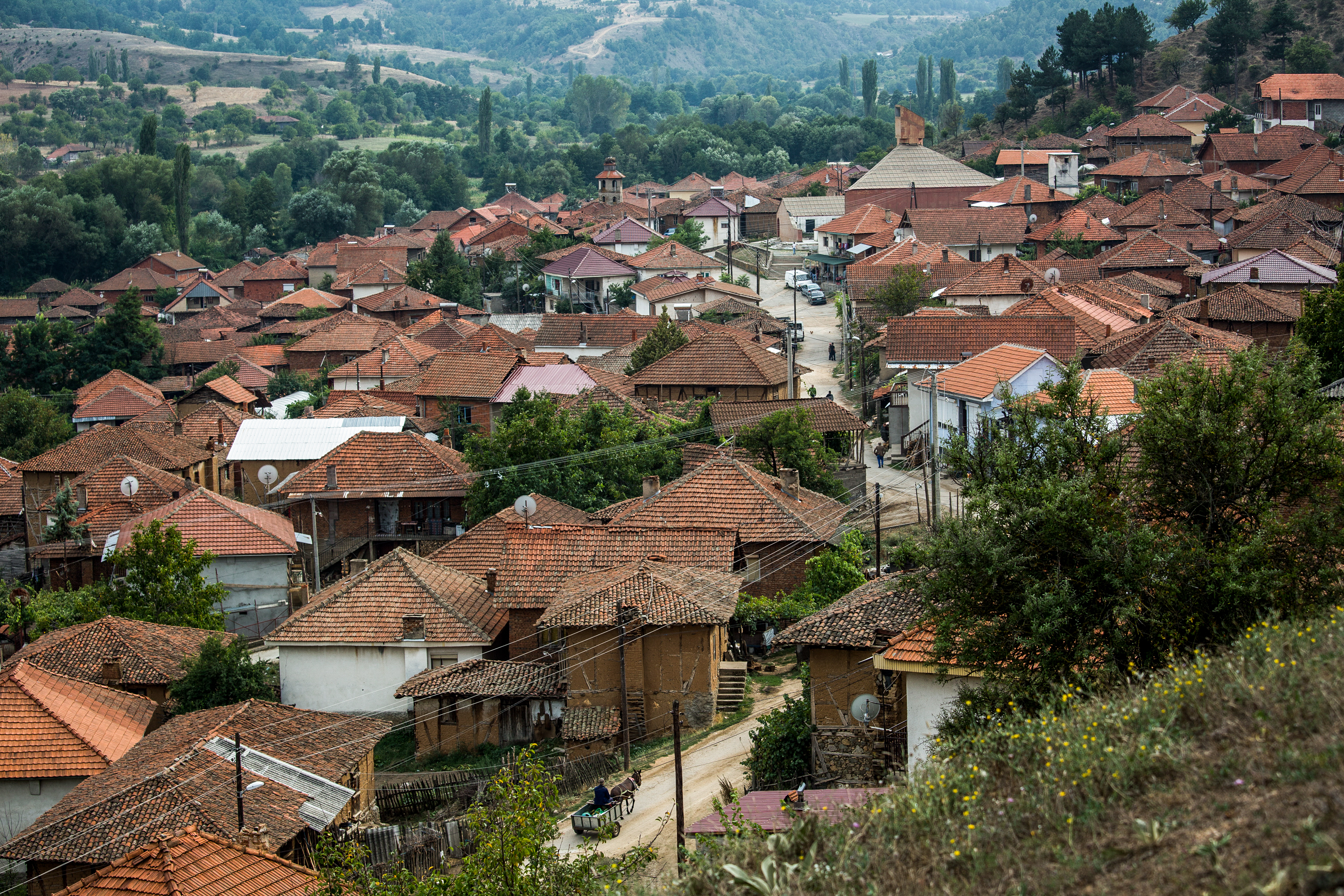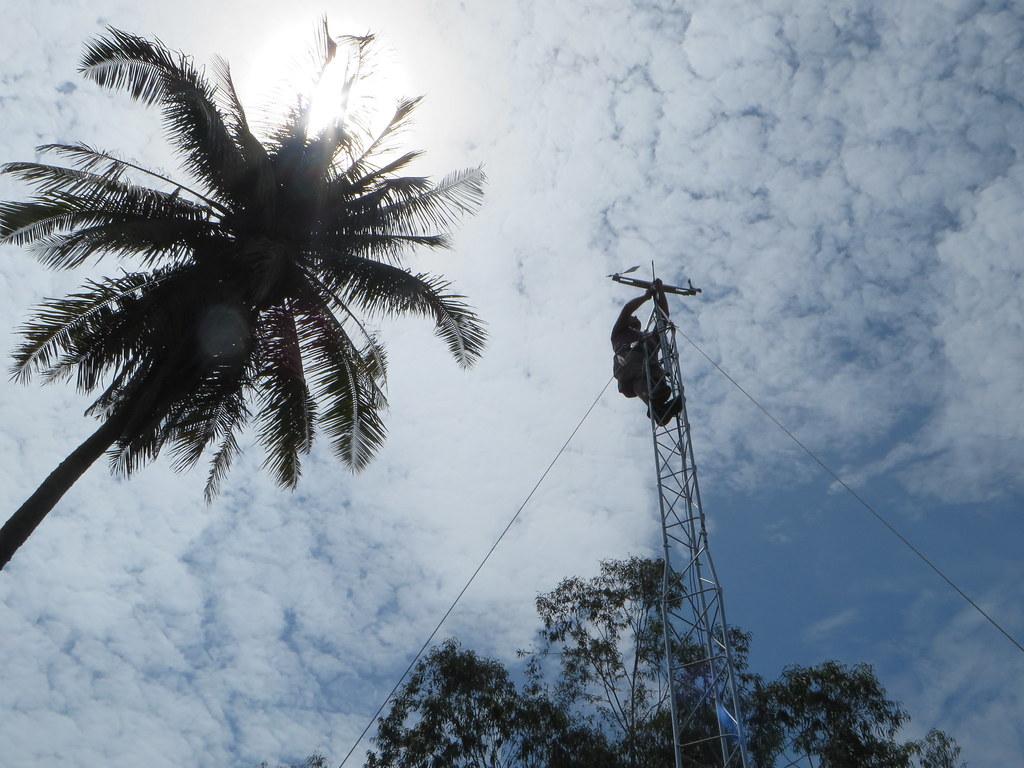Using foresight to shape a more resilient tomorrow
Rising out of the rubble
February 28, 2023

It was the day after Christmas, 2004, when tsunami waves began to hit the shorelines of Sri Lanka. At the time, I was some 8,000 miles away in the snow-covered mountains of Montana, USA, and as the first images of the events were broadcast on the news, I remember feeling numbing shock. More than 30,000 people lost their lives in Sri Lanka alone, and over a quarter of a million across 14 nations were killed by the earthquake and tsunami. This disaster was a wake-up call to the need to establish more effective early warning systems.
Several months later, I was walking up the side of Galle Road just north of Hikkaduwa in Sri Lanka. The sun was warm but not hot, and kids were playing a pick-up football game on the beach. My destination that day was a little cement block with a radio mast coming out the top of it, part of the newly established Tsunami Early Warning System.
A symbol of hope emerges
I remember the hut itself seeming out of place. It was situated not too far off the road and sat among cement fragments and piles of rubble and remnants of the destruction from five months earlier. This simple structure was more than an early warning station, it was a symbol of something new, a part of a new system and way of working. A sign that the wake-up call was being answered. The events of 26 December brought to the forefront the idea that early warnings for events such as the tsunami were a fundamental human right that everyone should have. Today this same idea is being driven forward by the recent launch of the Early Warning for All (EW4ALL) initiative.

Since 2002, UNDP has completed 83 climate information and early warning systems initiatives for more than 4.8 million people in 60 countries.
When crises like these happen, it is often the most vulnerable who are left behind, reminding us that the future of development is full of complex uncertainty and unknown risk. With this in mind, how might we achieve meaningful, sustainable development that can stand up to the crises in our future?
We sought to answer that question in our Development Futures Series brief, Choosing Your Tomorrows: Using Foresight and Anticipatory Governance to Explore Multiple Futures in Support of Risk-Informed Development.
Within, we explored how we can use foresight to ensure that the risks we face in the future are at the heart of development planning. We call this risk-informed development: a pathway to a future where vulnerable communities are more resilient to shocks, and progress is both more stable and sustainable. Working with UNDP practitioners from across the globe, we were able to identify three key aspects needed to meaningfully apply foresight tools for risk-informed development:
1) Thinking systems: identifying the compounding and cascading effects of risks
Systems thinking explores the relationships and interconnections between risks and development issues at multiple levels. It is through systems thinking that previously unknown risks can become visible, leading to different and often improved development pathways. For the development perspective, it is vital that we have a clear understanding of the wide-ranging implications of our work, and that risks don’t remain hidden.
The iceberg model can be used to understand the levels of complexity associated with systems thinking and how crises arise, based on many levels of the underlying risks.
2) Building capacities for foresight: understanding how information about the future can be generated and used
Once we have unearthed the hidden complexities of a system, it is time to use that information with foresight tools. There are many different foresight tools and methods we can use to think about the future; our team’s work on the Regional Bureau for Asia and the Pacific Horizon Scanning Initiative marks just one example. Yet, our research has shown that the potential for change offered by foresight is often held back by our limited capacities. By building these capacities to understand the root causes of issues and risks, we can build truly sustainable development, putting a stop to the vicious cycle of crisis response and recovery.
3) Moving beyond the silos: working together to make faster, inclusive and holistic decisions
Humans are quite often bad judges of risk. We are quick to fall into traps in our decision-making, referred to as cognitive biases by psychologists. Whether it’s making our judgements on the way risk is presented, or anchoring our perceptions on the first information we receive, these biases can stop us from acting on risks with the urgency and anticipation they deserve. Working in silos can amplify the impacts of these biases and make us blind to risks. But if we move beyond those silos and pool capacity from stakeholders across organizations and communities, we can build our perspectives and overcome our cognitive biases.
It is through these three key aspects that we will be able to shape development which is risk-informed, fit for purpose and ready for any of our possible tomorrows.
Today, as I reflect on my time in Sri Lanka almost 20 years ago, we witness firsthand the devastation coming out of Turkey and Syria after the Mw 7.8 earthquake in February. I'm contemplating what hope for change I would like to see growing out of the rubble of this devastating event. One hope that lies close to my heart is that we can push towards a future that leads to sustainable development as we rebuild. A future where foresight can be used to ensure development is resilient and truly understands risk such that no one is left behind.

 Locations
Locations